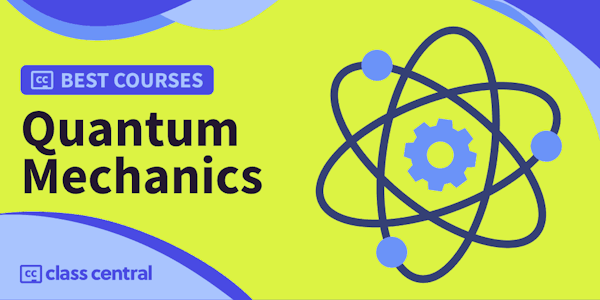This course covers key topics in the use of quantum mechanics in many modern applications in science and technology, introduces core advanced concepts such as spin, identical particles, the quantum mechanics of light, the basics of quantum information, and the interpretation of quantum mechanics, and covers the major ways in which quantum mechanics is written and used in modern practice. It follows on directly from the QMSE-01 "Quantum Mechanics for Scientists and Engineers" course, and is also accessible to others who have studied some quantum mechanics at the equivalent of a first junior or senior college-level physics quantum mechanics course. All of the material for the QMSE-01 course is also provided as a resource. The course should prepare the student well to understand quantum mechanics as it is used in a wide range of current applications and areas and provide a solid grounding for deeper studies of specific more advanced areas.
PREREQUISTES
The course is designed to build on a first course on quantum mechanics at the junior or senior college level, so students should have at least that background. The material here is specifically matched to follow on from the Stanford Online QMSE-01 "Quantum Mechanics for Scientists and Engineers" class, and all the material from that class is provided as background in the online course materials here. No additional background beyond that class is presumed here.


